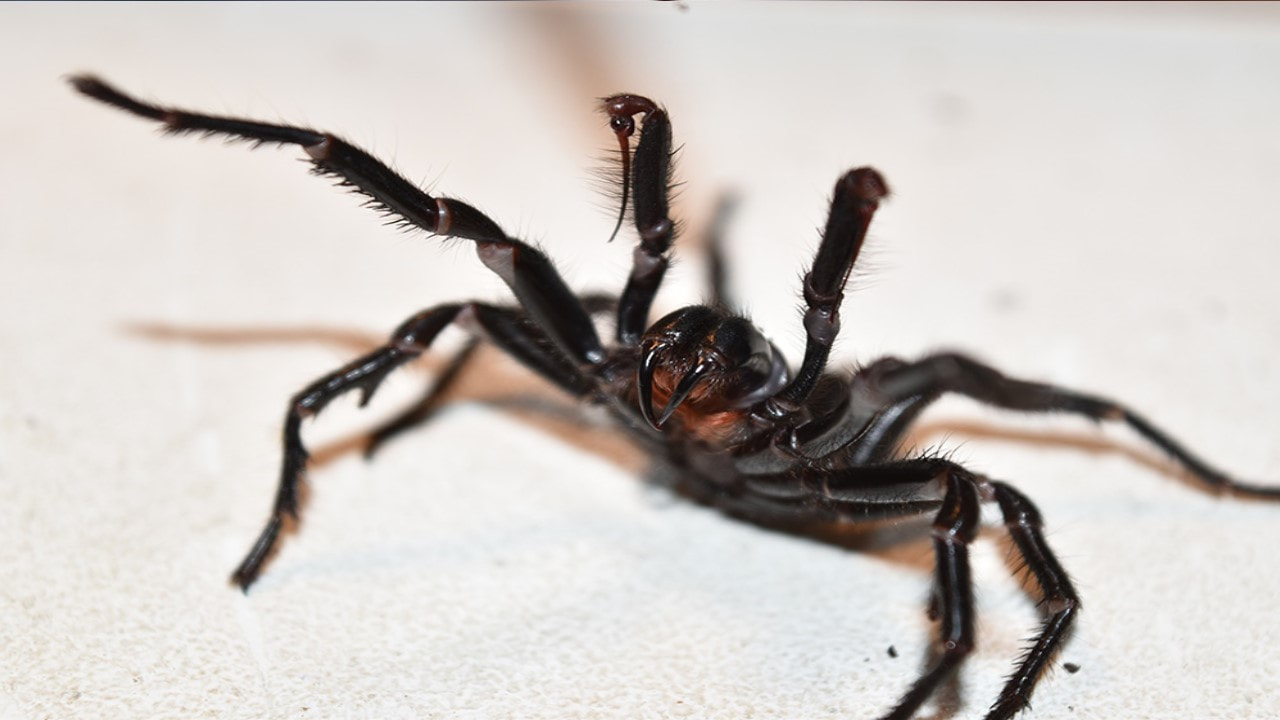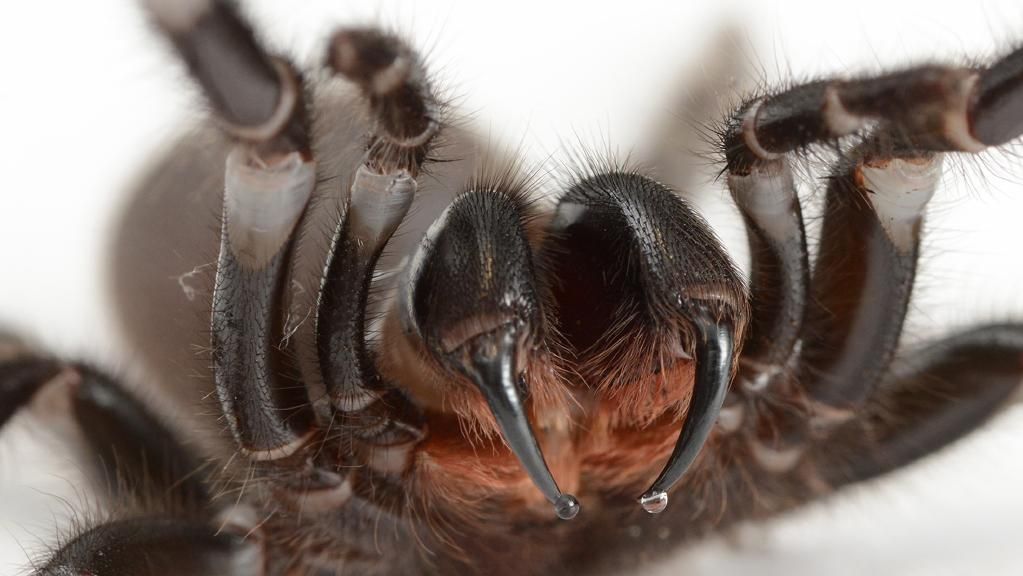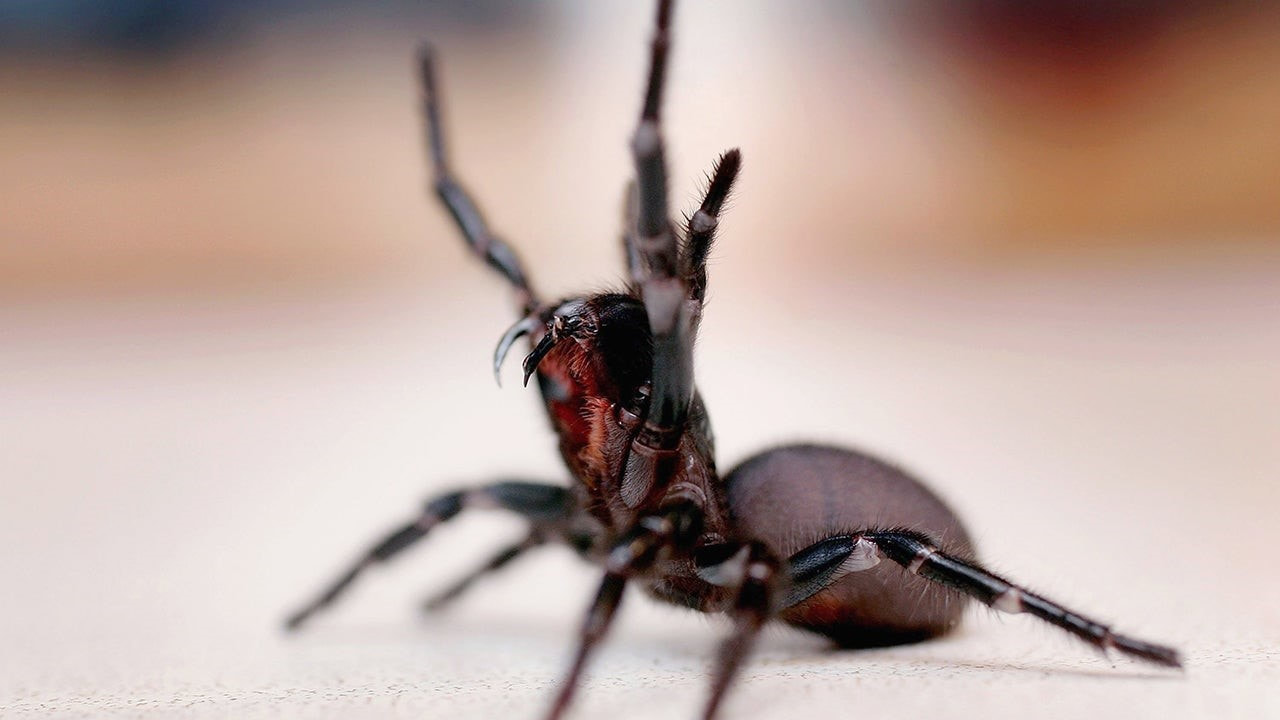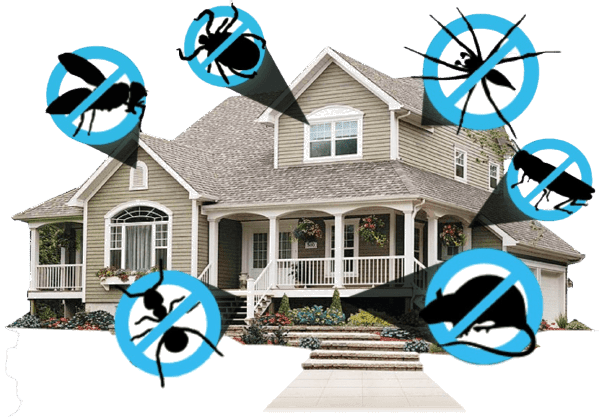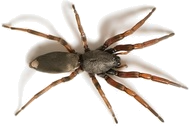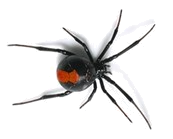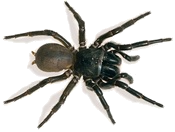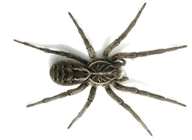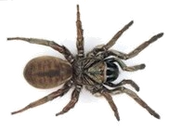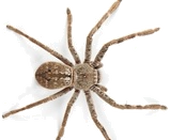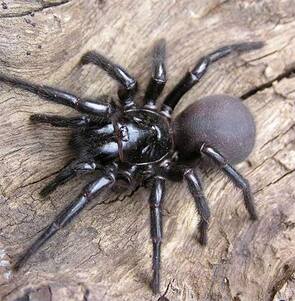We have special and effective spiders treatment covers all dangerous and deadly spiders White Tailed spider, Funnel web spider, Red back spider, Wolf spider, Sydney brown trapdoor spider & more We use high quality water base chemical which is Safe For Kids & Pets
Why Choose Us?
✓ No Smell after treatment ✓ 100% Safe for Kids, Pets & Plants ✓ 100% environmentally friendly ✓ You Can Stay Home while we are spraying ✓ Free Inspection With any Treatment ✓ Free Pest Identification ✓ Free Quotes and Free Advice ✓ Free Report After Treatment ✓ We deal with any type of pests ✓ Our job is guaranteed for best results ✓ We provide Certificates for Council Purposes |
Experienced Dealing With:
✓ Houses ✓ Apartments ✓ Restaurants ✓ Cafe's ✓ Hotels ✓ Motels ✓ Clubs ✓ Nursing Homes ✓ Schools ✓ Childcares ✓ Warehouses |
Ways We Do Pest Control Treatment
Inside
|
Outside
|
Funnel-Web Spider
The Sydney Funnel-web spiders are some of the world’s most deadly spiders.
There are many species of funnel-web spiders found throughout Australia. Some are dangerous, some are not. The northern,
or tree dwelling, funnel-web spider is not often seen but it is very poisonous. Other species of funnel-webs that live in southern parts of Australia are not dangerous.
The male is smaller and about 2.5 centimeters long. Their bodies are covered with fine hairs and they have shiny legs.
Male Sydney funnel-web spiders are Australia's most dangerous spider. These aggressive spiders grab onto their victims and bite several times, injecting a very poisonous venom. Some people have died from the bite of these spiders.
Where do Sydney funnel-web spiders live?
Sydney funnel-web spiders live in and around Sydney, in New South Wales, Australia. They live in small, neat holes lined with a collar of silk. The holes are made in shady
places under rocks, shrubs, logs and leaf litter. Silk threads lead away from the entrance to the burrow. These are trip lines and when prey walks into them, the spider dashes out of the burrow to grab it. The spider bites the prey and takes it back into the burrow to eat. Funnel-web spiders prey on and eat beetles, cockroaches, insect larvae, snails,millipedes and sometimes even small frogs and lizards.
Life Cycle
A female mates with a male spider and then lays from 80 to 200 yellow-green eggs, which she wraps in a silk egg sac. She keeps the sac inside her burrow and guards it until the young spiders, called spider-lings, hatch about three weeks later. The spider-lings share their mother's burrow for a few weeks before wandering off to find a place of their own to live. Males die a few months after mating but females can live and breed for several years.
Can funnel-webs swim?
Wandering funnel-webs spiders often fall into backyard swimming pools and they can stay alive for hours. They can't swim but they can trap a small bubble of air in hairs around the abdomen, which aids both breathing and floating, so it should not be assumed that a spider on a pool bottom has drowned. As they gradually get waterlogged, their buoyancy decreases and they eventually sink and drown. Funnel-webs have been known to survive 24-30 hours under water.
Can funnel-webs jump?
Despite what many people think, funnel-webs can' t jump. However they can move quickly, and they will rear up when irritated and make sudden lunges when striking
The Sydney Funnel-web spiders are some of the world’s most deadly spiders.
There are many species of funnel-web spiders found throughout Australia. Some are dangerous, some are not. The northern,
or tree dwelling, funnel-web spider is not often seen but it is very poisonous. Other species of funnel-webs that live in southern parts of Australia are not dangerous.
- Some funnel-web spiders live in trees.
- Sydney funnel-web spiders live in holes in the ground.
The male is smaller and about 2.5 centimeters long. Their bodies are covered with fine hairs and they have shiny legs.
Male Sydney funnel-web spiders are Australia's most dangerous spider. These aggressive spiders grab onto their victims and bite several times, injecting a very poisonous venom. Some people have died from the bite of these spiders.
Where do Sydney funnel-web spiders live?
Sydney funnel-web spiders live in and around Sydney, in New South Wales, Australia. They live in small, neat holes lined with a collar of silk. The holes are made in shady
places under rocks, shrubs, logs and leaf litter. Silk threads lead away from the entrance to the burrow. These are trip lines and when prey walks into them, the spider dashes out of the burrow to grab it. The spider bites the prey and takes it back into the burrow to eat. Funnel-web spiders prey on and eat beetles, cockroaches, insect larvae, snails,millipedes and sometimes even small frogs and lizards.
Life Cycle
A female mates with a male spider and then lays from 80 to 200 yellow-green eggs, which she wraps in a silk egg sac. She keeps the sac inside her burrow and guards it until the young spiders, called spider-lings, hatch about three weeks later. The spider-lings share their mother's burrow for a few weeks before wandering off to find a place of their own to live. Males die a few months after mating but females can live and breed for several years.
Can funnel-webs swim?
Wandering funnel-webs spiders often fall into backyard swimming pools and they can stay alive for hours. They can't swim but they can trap a small bubble of air in hairs around the abdomen, which aids both breathing and floating, so it should not be assumed that a spider on a pool bottom has drowned. As they gradually get waterlogged, their buoyancy decreases and they eventually sink and drown. Funnel-webs have been known to survive 24-30 hours under water.
Can funnel-webs jump?
Despite what many people think, funnel-webs can' t jump. However they can move quickly, and they will rear up when irritated and make sudden lunges when striking

